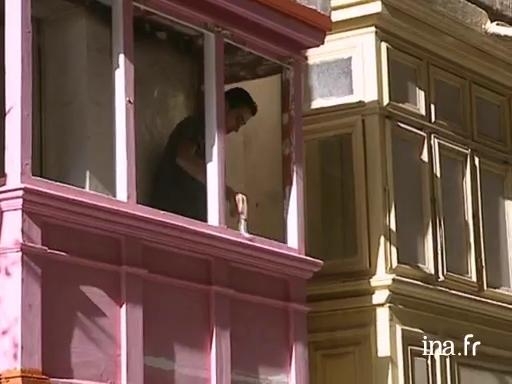Malta, the historic city centre of the Valette

Information
Report in the historic centre of Malta's capital, Valette, where hundreds of appartments in old buildings are abandoned. The mayor hopes to rehabilitate the housing with some help from the European Union.
Context
The capital of the Malta archipelago covers natural ports on the north of the island. A town created in its entirety by and for the Order of Saint John of Jerusalem, it is today classed as a world heritage site by UNESCO. Fleeing Jerusalem and Rhodes that fell at the hands of Solomon the Magnificent, the Order settled in Malta in 1530 to found its defensive and religious site. The new town was organised around the plan of a roman camp surrounded by a wall and dominated by several forts, following the plans of the engineer Francesco Laparelli. The idea of a citadel soon made way for a fortified town. Obeying rules that controlled town planning and sanitary conditions, an architectural unity was assured. The town is entirely in the image of the Order: noble, austere, military and religious. Girulamu Cassar succeeded Laparelli and inspired him with a certain mannerism.
A strong demographic growth marked the 17th century and Valetta, walled in, got denser and built several baroque churches and started construction of an aqueduct. The 18th century positioned Malta at the heart of Mediterranean trade, giving rise to a large expansion of the port area. The emergence of an intellectual bourgeoisie transformed the urban landscape. The capital equipped itself with a library, a theatre and a university. Faced with overpopulation, the people headed for life in the country and the town began its decline to become the museum-town it is today.













